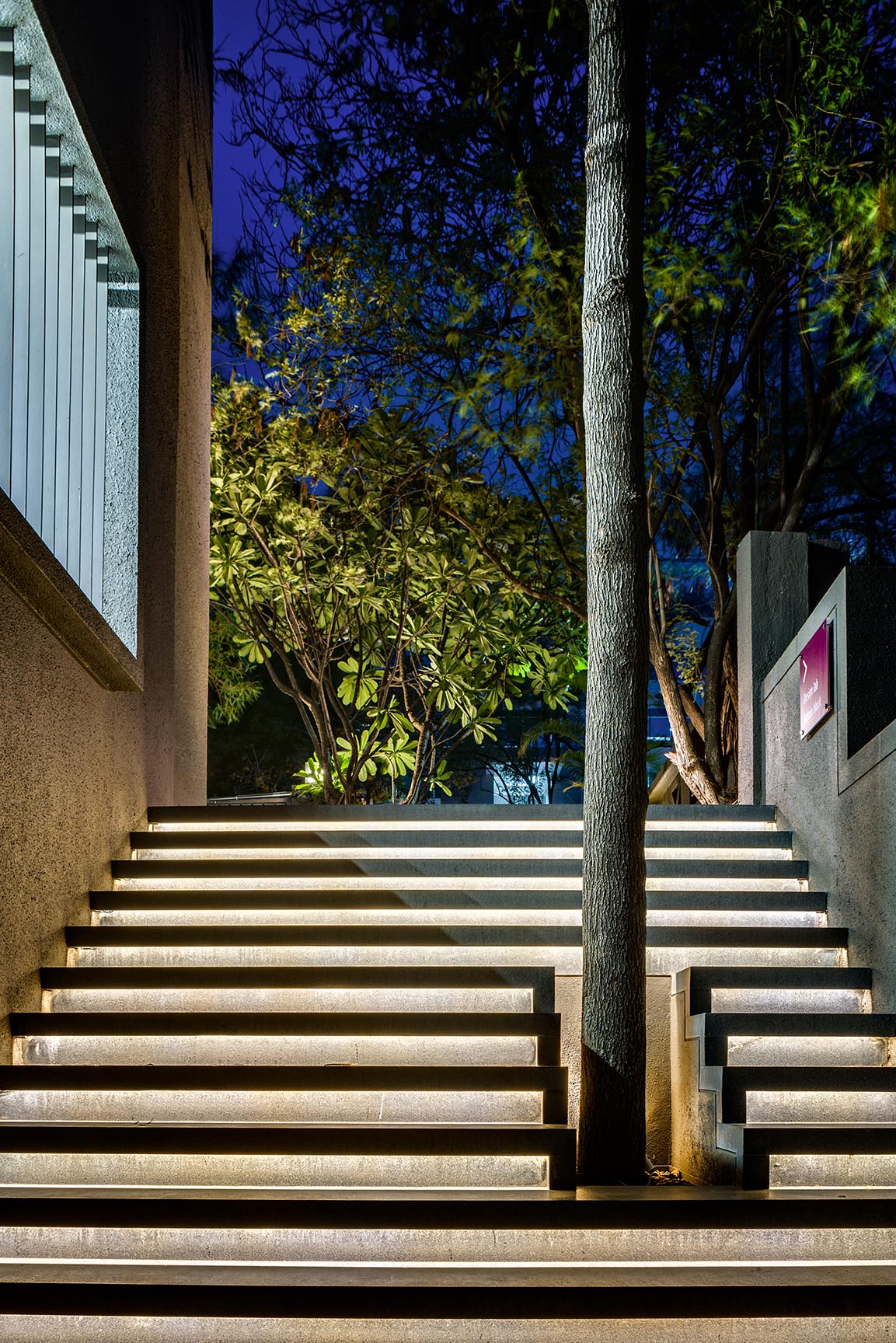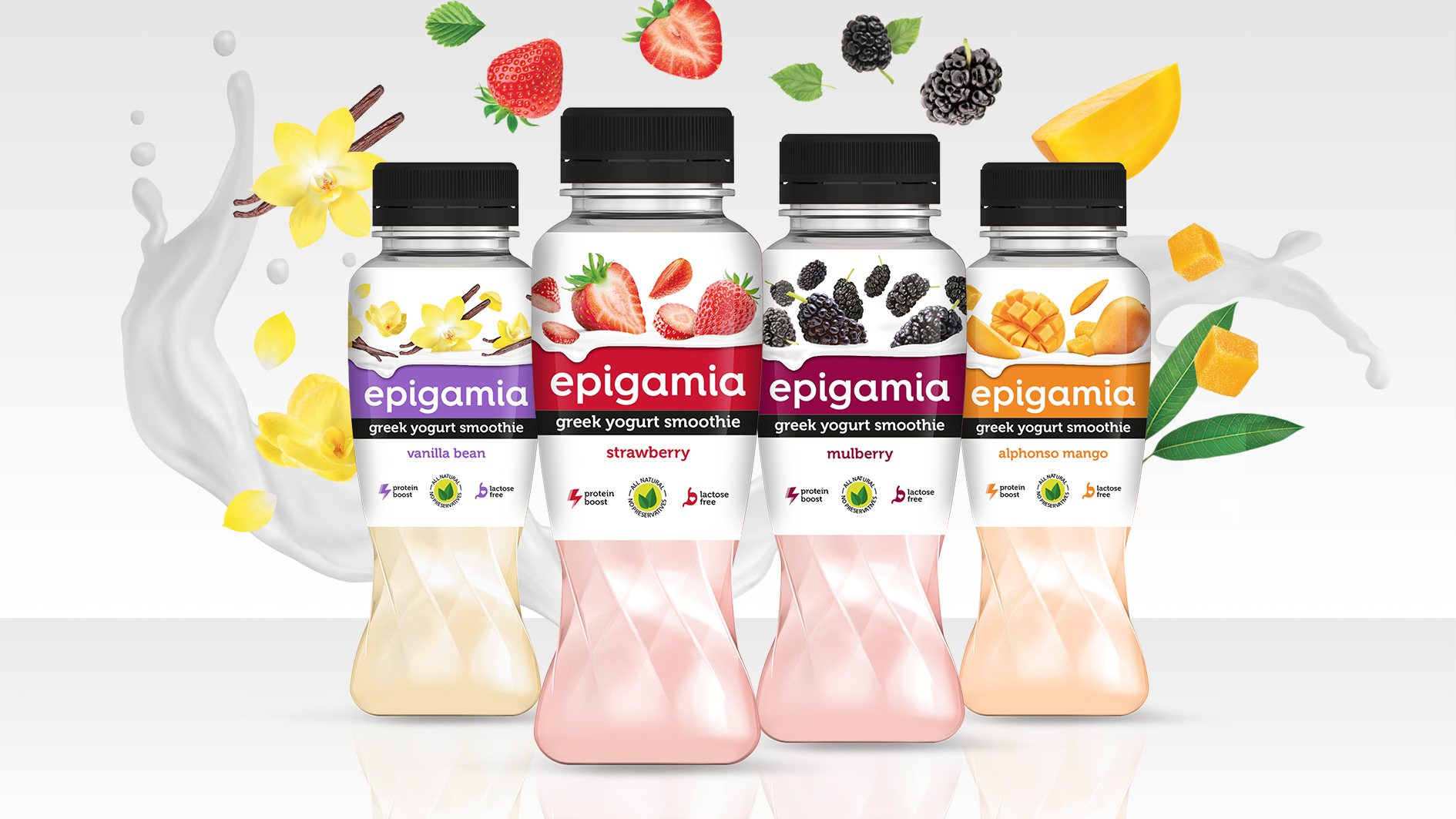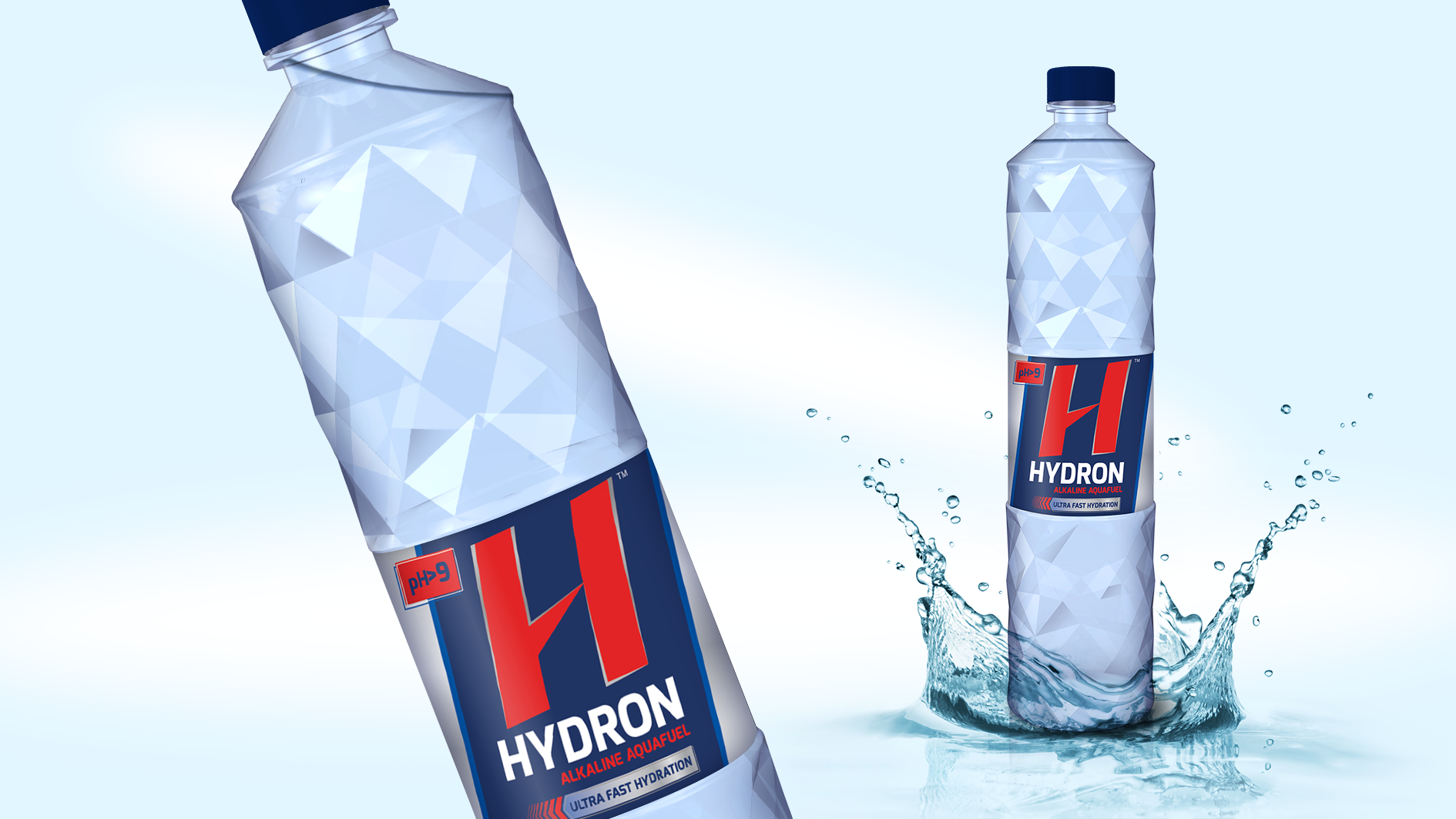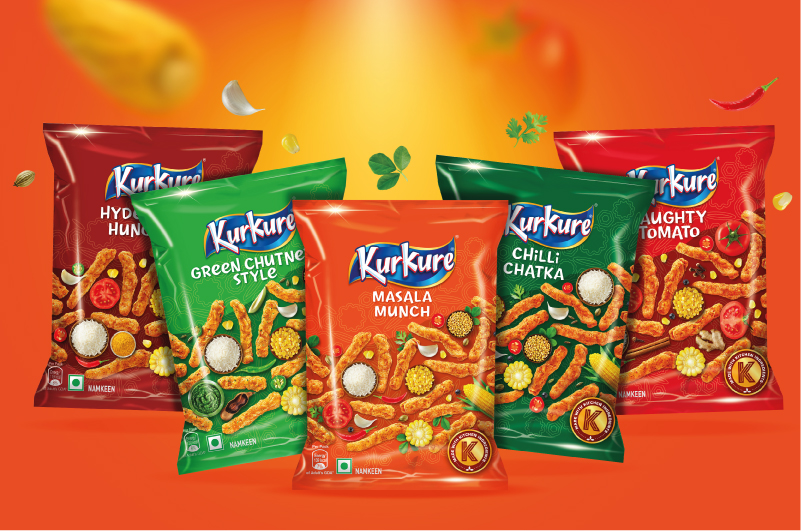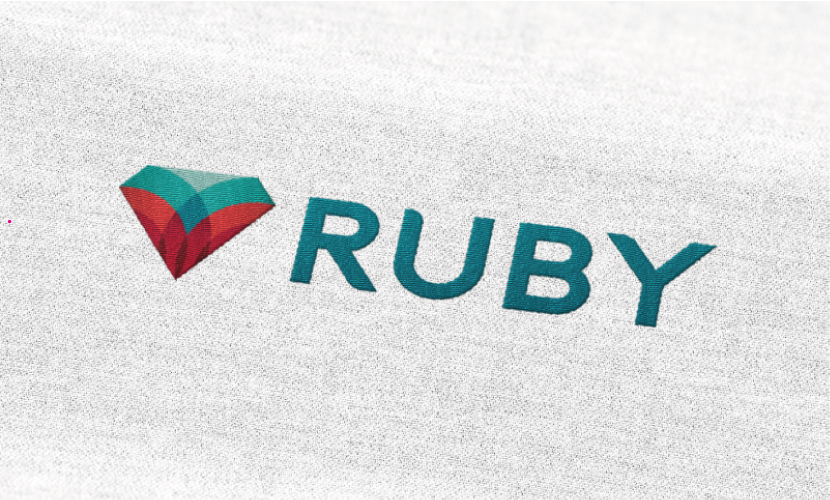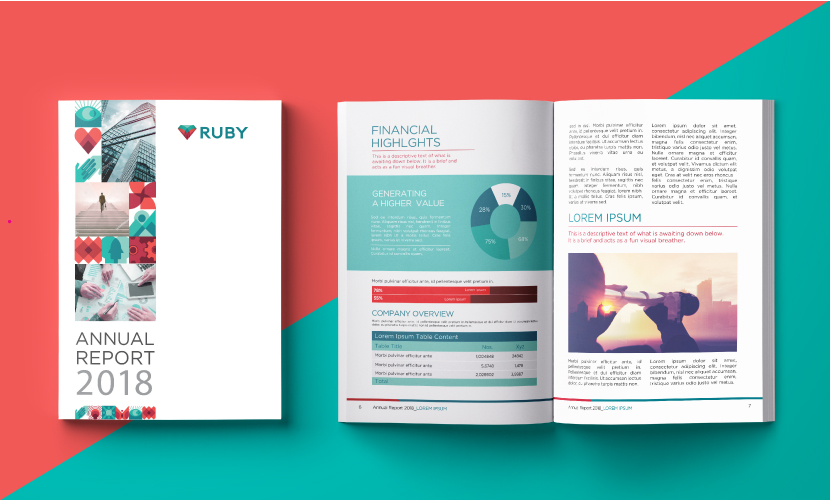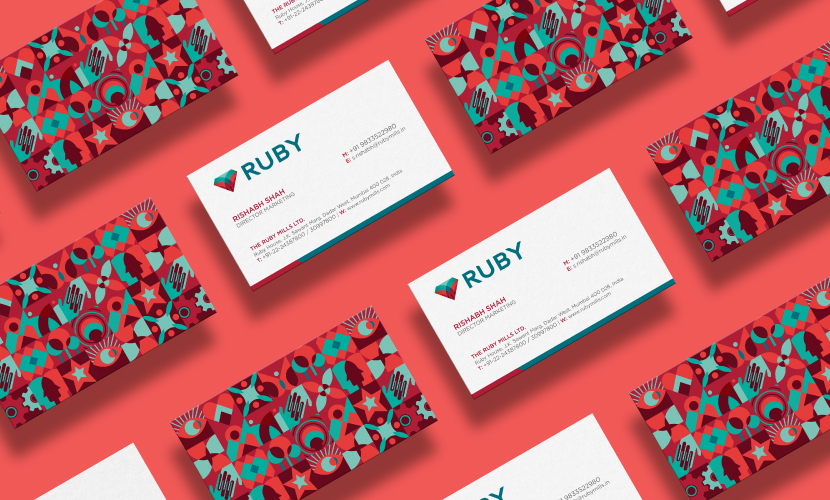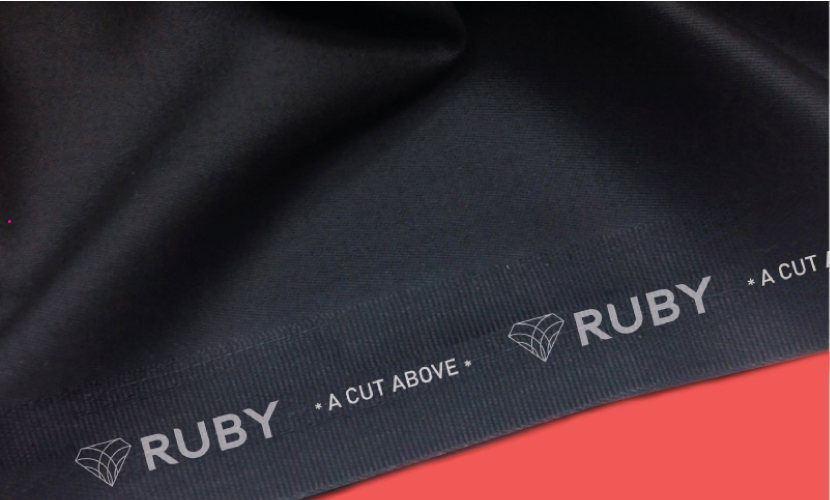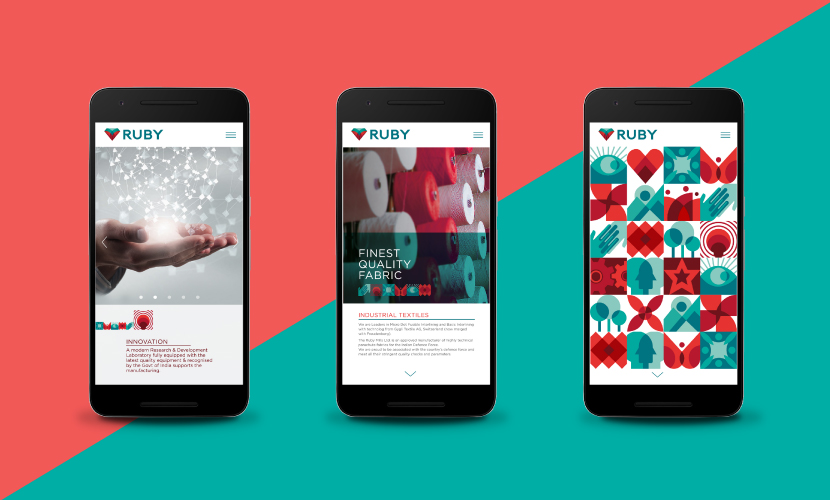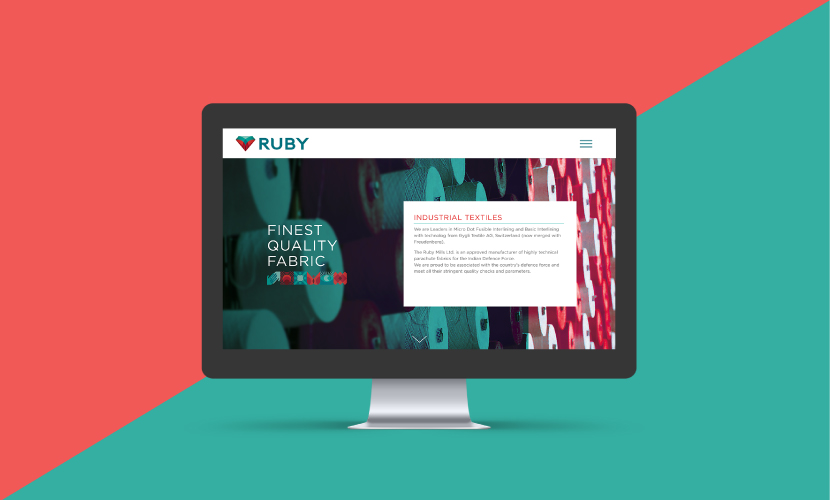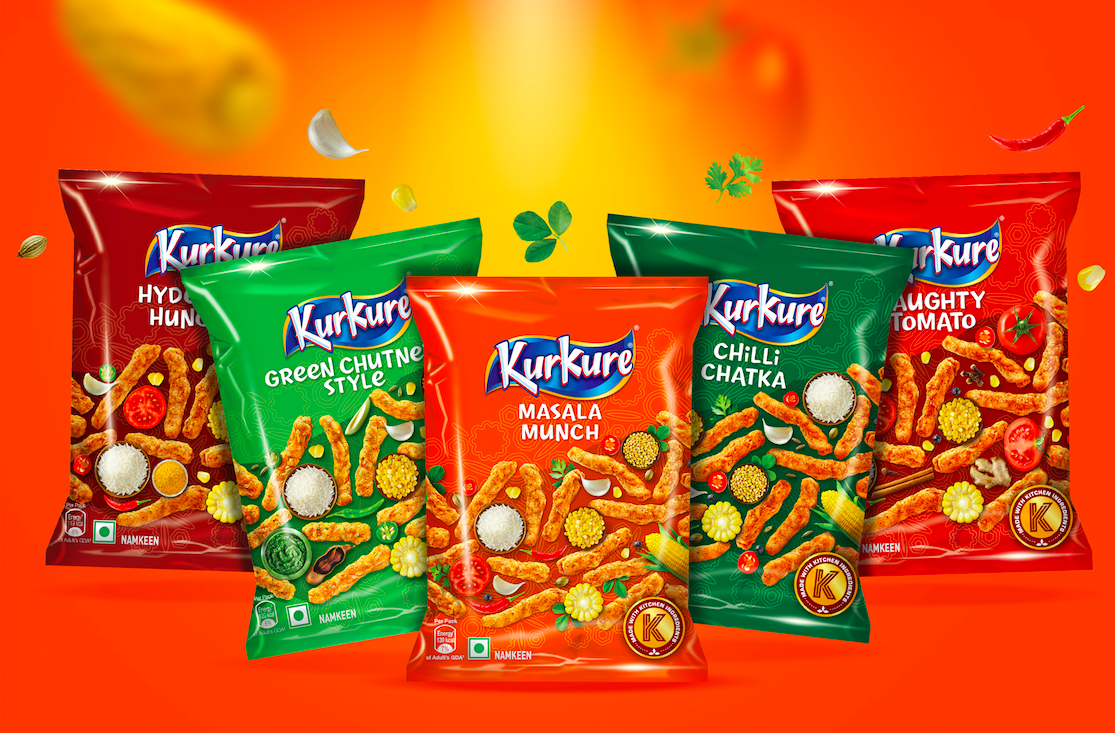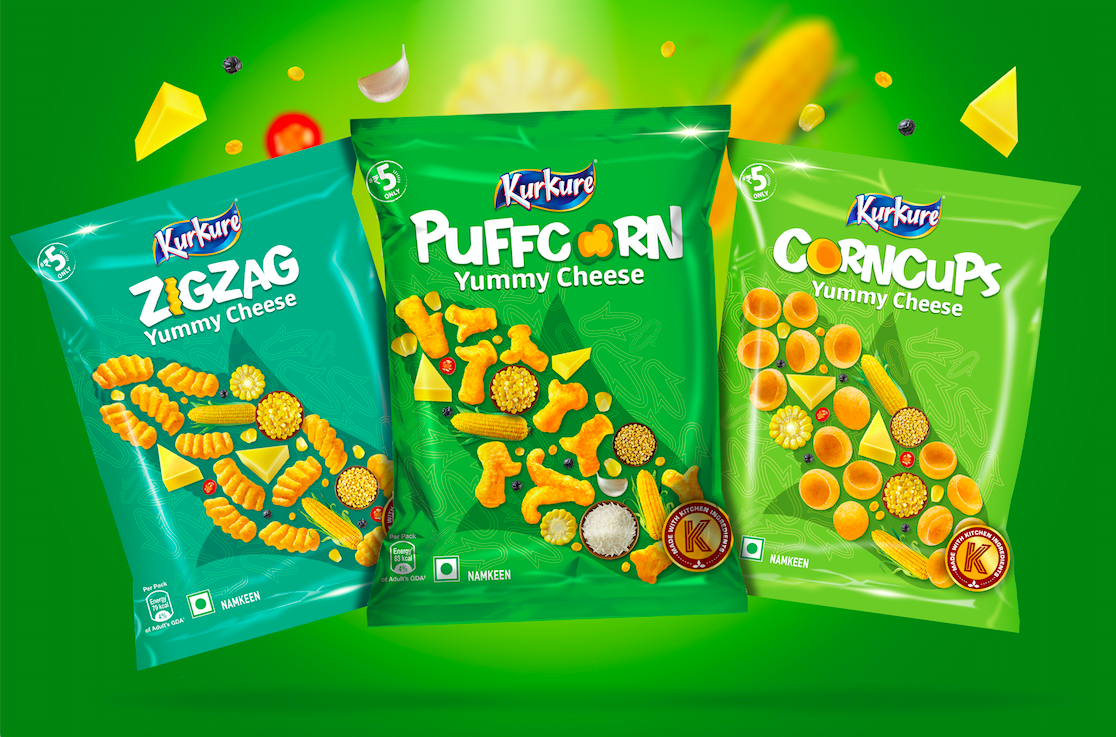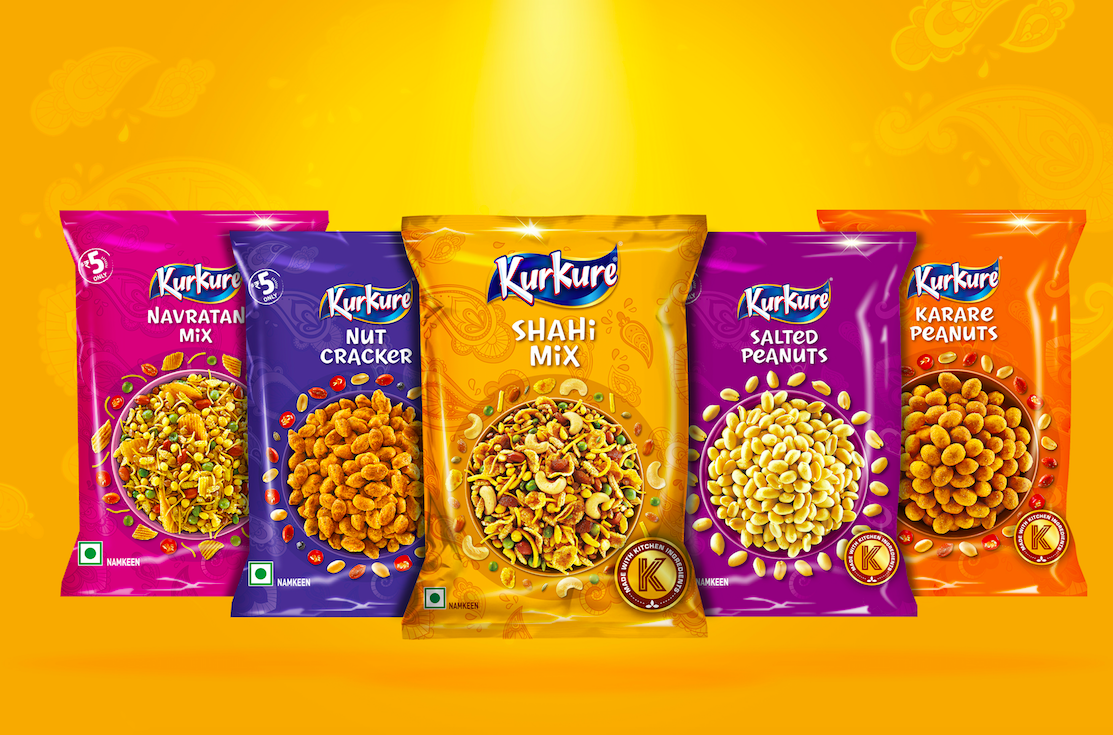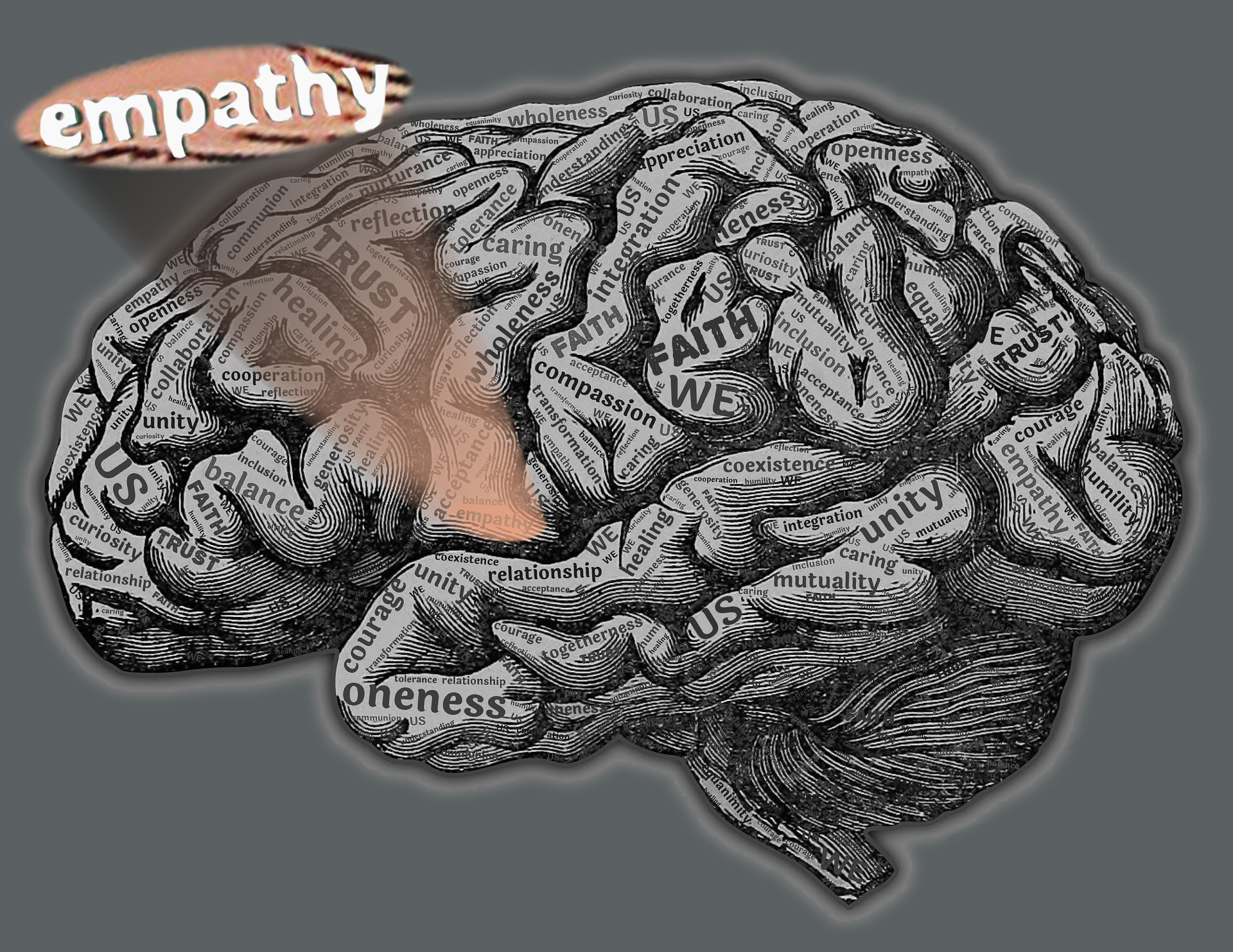The following article by Ashish Deshpande appeared first in an interview in the Retail4growth magazine July edition, 2021.
“How many of us as designers go back to our stores after a year of operation and ask franchisee / store manager about the ROI from the store? It’s time we did that, “ says Ashish Deshpande , Co-Founder & Director, Elephant Design, in this exclusive interaction with Retail4Growth on the future of store design, the need for retail design to adapt to post-Covid realities, and more...
To start with, could you share your views on how the whole retail design segment is looking post pandemic? Fact is retailers are going slow on their spends now, being more cautious about expansion and renovations or moving to the online space, due to the impact of the pandemic. How is this impacting store architects and designers?
John Lennon famously remarked, “Everything will be okay in the end. If it is not okay, it is not the end.” The founding member of The Beatles probably meant that it will never be okay and, it’s time for us to look ahead and get on with what we do. The pandemic is far from over as it continues to ebb and flow with uncertainty. However, do not despair: there is a silver lining. As per McKinsey & Company’s insightful report, on a global scale, the retail industry has outperformed and the consumers are as hungry as ever. The Retail sector has outrun many other sectors based on accelerated transformation during the last 18 months. As a McKinsey & Company report says, ”The past year suggests the recipe for success in retail is changing, and those that wait too long to adapt may never catch up.” So, the picture today for retailers and designers is not about complete mayhem but rather about adaptability. The earlier traditional retailers and store designers learn this lesson, the quicker they will move towards meeting the new normal.
So what exactly can store designers and architects do to navigate through this situation and move forward? What have been your own takeaways in the last one and a half years?
Traditionally, store designers and store architects have been too involved in the creative process. Be it form, space, colour or even materials: the new frontiers that the realm of store design has outlined have often been seen as too distant and otherworldly. Even in the immediate pre-pandemic period, it was rare to see designers and retailers listening to the expectations of customers. Those who did would have noticed a change in the mental model of how customers saw their store experience, given the rising adaptation of smartphones, streaming internet technology and telecommunication that was getting cheaper by the day.
The pandemic has now presented the design workforce with an opportunity to align store design with emerging user expectations, look at smarter ways to meet business objectives and seamlessly integrate the freedom of choice presented by the tech world into their brick & mortar solutions. This is not to say that technology will rule store design. It is about using enough technology to increase access, efficiency and integrate the online experience into the touch feel of the store.
How exactly do you think store design can contribute to better ROI for the client at a time when every penny spent matters?
Businesses have always been concerned about ROI. As a designer, one could design a “wow “ store look & feel, yet the litmus test is faced one year down the line. How many of us as designers go back to our stores after a year of operation and ask franchisee / store manager about the ROI from the store? It’s time we did that.
Designers have to take responsibility of making the store meet business objectives and the pandemic has only driven this point home. We need to focus on store functions that add real value to the customers’ lives, align with their mental models and generate profit for business stakeholders. That’s our job.
As designers we need move effortlessly between our preoccupation with the subjective and into the world of quantifiable metrics. ROI from the store program can be met by the design team if the success metrices are established early on. Any design effort that leads to reducing steps, improving decision-making for the customer, enhancing transaction speed and eliminating elements that do not add value to the customer experience improves ROI.
At Elephant we follow this Five Step Model when it comes to increasing ROI:
Step 1, Efficiencies: Increase functional benefit
Step 2, Effectivity: Improve comprehension, conversion
Step 3, Effort: Reduce human load
Step 4, Errors: Eliminate waste
Step 5, Experience: Holistic value-add to shoppers
Speaking of adaptability and the inevitable shift towards contactless retail interfaces, how can a store design follow a more tech integrated, engaging and interactive approach?
Contactless transactions are here to stay. We were lucky during this pandemic period that several tech-focused 3rd party enterprises had introduced contactless transactions, including our own government though its UPI based Bhim application. So, integrating these applications has not really taxed the retailer or the store designer.
Today, designers need to look at the future of store design. We need to question our traditional layouts – as well as the need for checkout counters! Payment can be enabled at the exact point of sale, saving customers the time and effort often spent in queues, while sharpening decision making. This will lead to an increased focus on browsability and product experience will take centre stage. Customers can happily order from the comfort of their homes including choice of payment options & delivery.
Store design will focus towards making the product proposition more compelling. Here is where technology will come into play. Customers are looking to visit stores to discover new features, satisfactory trials, obtain niche’ advice, and grab those special offers. How does technology deliver these elements within the spatial ambience of a store? This is a question that the designer needs to answer. At the end of the day, technology has to be an underlying enabler for the shopper and also make money for the retailer. As designers, we have to tread this path cautiously, so that we don’t overindulge, which in turn might just overwhelm the customer or kill the business due to unachievable ROI.
“As designers, we need to move effortlessly between our preoccupation with the subjective and into the world of quantifiable metrics. ROI from the store program can be met by the design team if the success matrices are established early on. Any design effort that leads to reducing steps, improving decision-making for the customer, enhancing transaction speed, and eliminating elements that do not add value to customer experience improves ROI”
Any observations on how clients are approaching their store design projects now? Any interesting project you'd like to talk about?
Over the years and more so during this pandemic period, clients are looking at retail as an effective component of the sales & brand building process. The overall approach has become more scientific. Most clients are investing in on-ground research, customer insights and digital technology. Many have been quick to respond and have tweaked their store models. One good example is the sporting goods Decathlon Store. DecathlonTM opened post lockdown in the pandemic, seamlessly connecting their digital browsing, purchase and payment experience to usher in a queue-free, crowd-free, quick in- quick out shopping experience: all in accordance with what the customers wanted.
At ElephantTM, we have been helping a prominent global e-commerce player develop omnichannel shopping experience for tier 2 / tier 3 cities & towns in India. As store designers, we have to understand that retail doesn’t end in metropolis malls. India is a large country, and people have aspirations. Retail growth will come from tier 2 cities where touch & feel and the ability to buy online without a smart phone needs to be managed through smart stores.
How do you think the retail solutions industry, including the suppliers and manufacturers of retail lighting, fixtures, signage, mannequins, props, etc. move ahead from the pandemic impact and step up their game even as brick-and-mortar retail staggers back to normalcy?
The retail solutions industry has done a commendable job in the past decade to help India’s retail standards soar and reach a globally competitive level. This decade, especially under the pandemic, needs more from the industry. It is time for our retail solution providers to make an orbit shift from simply being followers to becoming innovators. We need efficient solutions in all sectors of store design. Fitouts need to get smarter, thinner, faster, flexible, save resources and energy, communicate seamlessly and most importantly, help integrate the online world with in-store hardware.
Stores are already opening and it’s only a matter of time before customers return with new expectations. The pandemic has provided us with an opportunity to look at new solutions that will make the customer feel empowered and satisfied













































